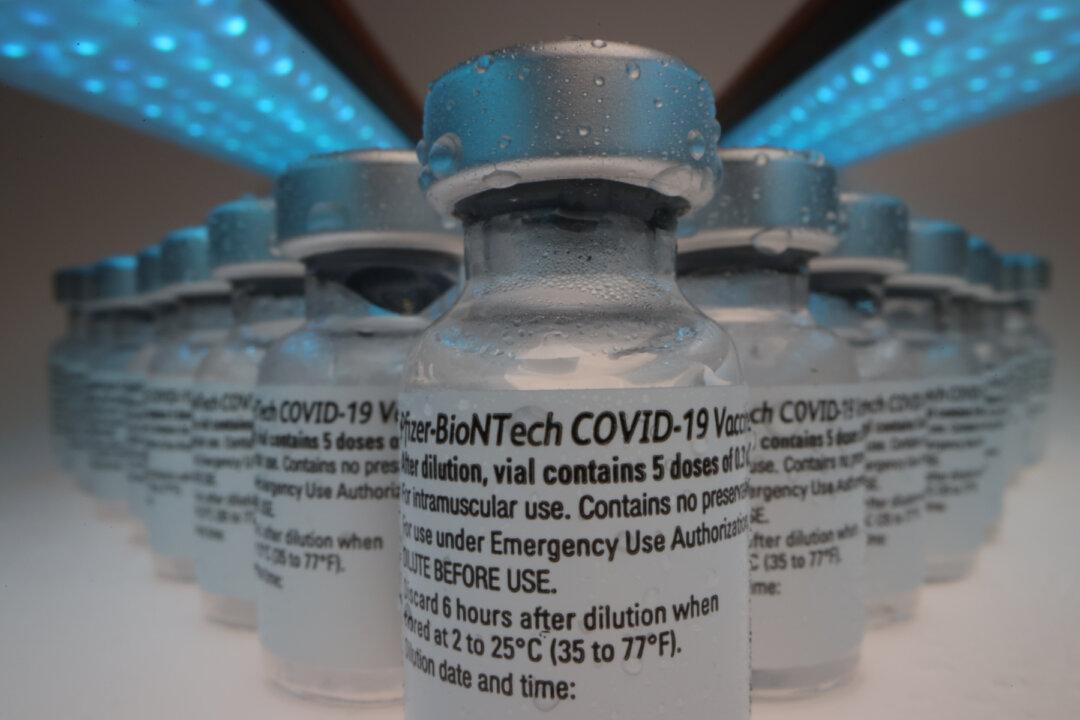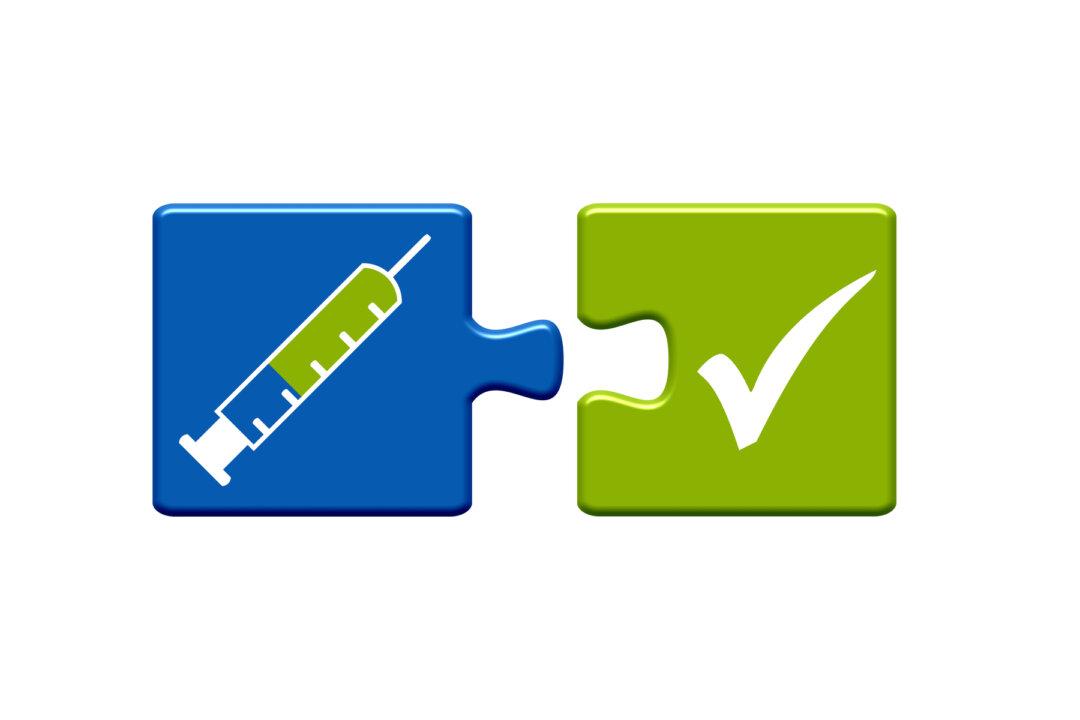News analysis
A new scientific study, titled “Serious adverse events of special interest following mRNA vaccination in randomized trials,” provides the best evidence yet concerning the safety of the mRNA COVID vaccines. For most vaccines in common use, benefits far outweigh risks, but that may not be the case for the mRNA COVID vaccines, according to this study by Joseph Fraiman and his colleagues. It depends on your age and medical history.





